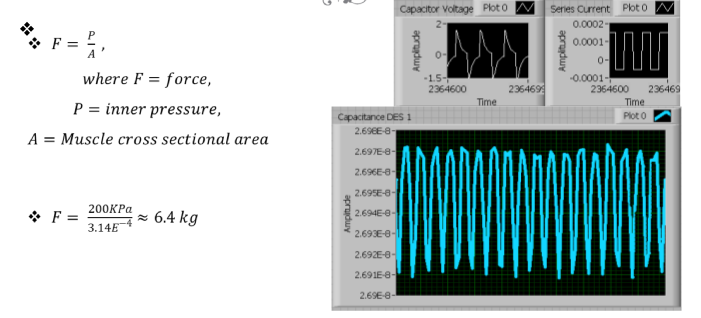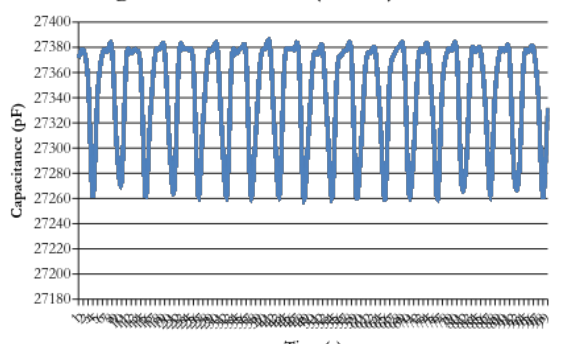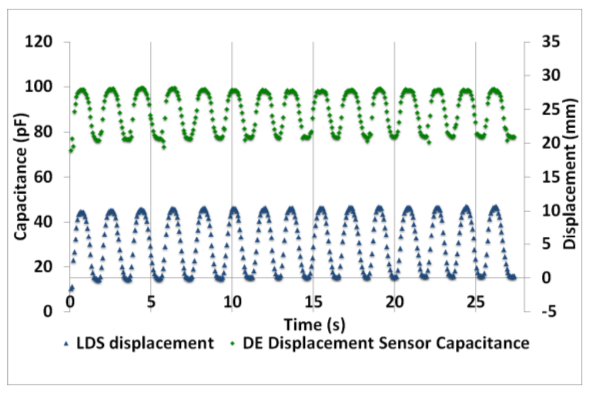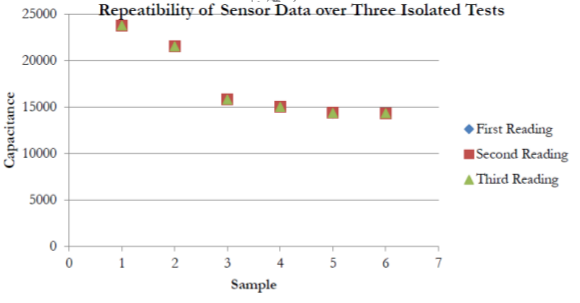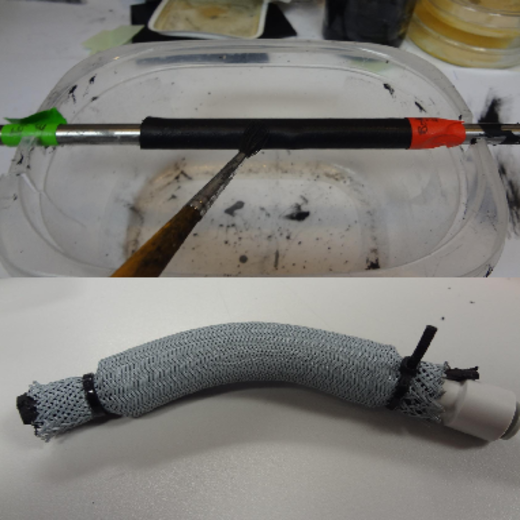
Sensing McKibben Muscle
2012-01-25 00:00:00 +0000
McKibben Muscles are difficult to control for many reasons, one of which includes the difficulty in getting accurate feedback of the muscle state. Because the bladders are soft and stretchable, a sensor that is also soft and can stretch with the bladder can be directly used to measure the change in position of the muscle.
The advantages of this design is that it does not need an exoskeleton to install rigid sensors, e.g. sliding or rotary potentiometers. Moreover, higher accuracy and signal to noise ratios can be obtained by measuring the circumferential displacement instead of directly measuring axial displacement. The sensor is along the entire circumference of the McKibben muscle and thus allows for an average value with reduced measurement errors compared to other sensors that are locally placed. Finally, the sensor is made form thin layers of carbon-silicon rubber which is inherently flexible and lightweight, therefore the flexibility and lightweight properties of the actuator are not lost.
I did conducted force testing experiment on the sensors to measure the accuracy, repeatability, and reliability of the sensor design.
